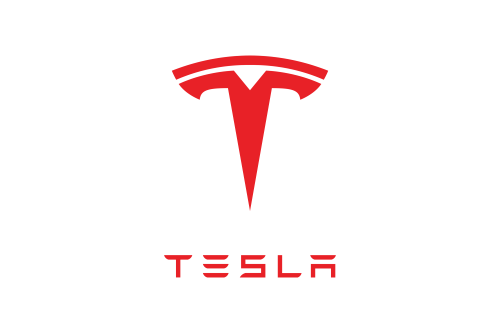A digital twin data center is a virtual 3D replica of a physical data center that mirrors the actual conditions of the data center in real-time.
The remote visualization and monitoring capabilities of modern Data Center Infrastructure Management (DCIM) software enable data center professionals to explore and understand a real-time model of their data centers. This allows for easier, faster, and smarter data center management than is possible by being onsite.
What Information Does a Digital Twin Data Center Provide?
A digital twin data center contains all the most important information about the physical data center infrastructure that is necessary to enable complete remote data center management. This information includes:
- Assets. Detailed asset information and visuals of servers, networking, and storage equipment provide a real-time view of the assets in the data center, who owns them, and their exact cabinet and U position. This includes the make, model, dimensions, weight, serial number, asset tag, server name, server function, owner, rack location, cabinet name, RU position, orientation, configuration, customers, data and power ports, and more. High-fidelity images of each asset provide a 3D replica down to the port level that’s to scale. Rack elevations of single or multiple racks can be viewed at any angle including with the sheet metal down which is not possible onsite.
- Connections. All structured, patch, and power distribution cabling can be visualized in a digital twin data center. Port-to-port information including cable length, color, and type is available to mirror the physical cabling infrastructure. You can even visualize cables that are difficult to see physically such as those under the raised floor or in cable trays.
- Power. Actual power data from rack PDUs, RPPs, floor PDUs, branch circuits, busways, UPSs, and meters is collected and reported on in real-time.
- Environment. Live measured readings from environmental sensors such as temperature, humidity, water, airflow, and pressure differential sensors provide an accurate view of what’s going on in the data center.
What Are the Benefits of a Digital Twin Data Center?
The key benefits of a digital twin data center include:
- Increased uptime. With a digital twin data center, you will know of potential issues so you can proactively address them before they become real problems. You can monitor actual rack power loads to ensure loads do not exceed redundancy thresholds, monitor actual loads at every breaker point in the power path to ensure breaker ratings are not exceeded, and receive warning and critical alerts based upon threshold violations. With thermal map time-lapse videos, you can even visualize the formation of hot spots that can damage equipment.
- Improved efficiency. A digital twin data center enables highly efficient operations. You can intelligently find the perfect space to deploy new equipment, use what-if analysis to see the impact of changes on capacity, measure and trend Power Usage Effectiveness (PUE) in real-time, and visualize where you are overcooling and wasting energy. You can even leverage data center automation capabilities to automate device power budgeting and rack power capacity planning to increase power utilization by up to 40%.
- Boosted productivity. Going onsite takes time and money, and it isn’t always feasible in today’s distributed data center environments. With a digital twin data center, you can remotely manage all your global data center sites better than you could if you were physically there. By automatically collecting, storing, trending, and reporting on data from meters and sensors, you have real-time data at your fingertips instead of having to take manual local meter readings. This data is transformed into actionable insights in the form of dashboard charts and 3D visual analytics so that you can track data center KPIs and understand other important information at a glance. Management reports can be automatically scheduled with over 100 out-of-the-box charts and reports based on live data. Exploring your data and power circuits in 3D or circuit trace diagrams enables much faster troubleshooting of issues than physically tracing cables. You can even automatically measure cable lengths on your floor map before purchasing them to save time and reduce expenses on wasted cable.
Want to see how Sunbird’s world-leading DCIM software makes remote data center management better than being there? Get your free test drive now!
Related Images/Videos
Related Links
- Data Center Digital Twin: Modeling, Planning, and Visualization of All Your Sites
- Top Benefits of Data Center Visualization with DCIM Software
- Three 3D Data Center Visualization Myths, Debunked
- Top 15 KPIs You Need to Monitor to Remotely Manage Your Data Center
- How to Remotely Manage Your Data Center
- 6 Ways DCIM Software Enables Remote Data Center Management
- Remote Data Center Management: Metering, Monitoring, & Management in the New Normal
- Data Center Visualization Software




























